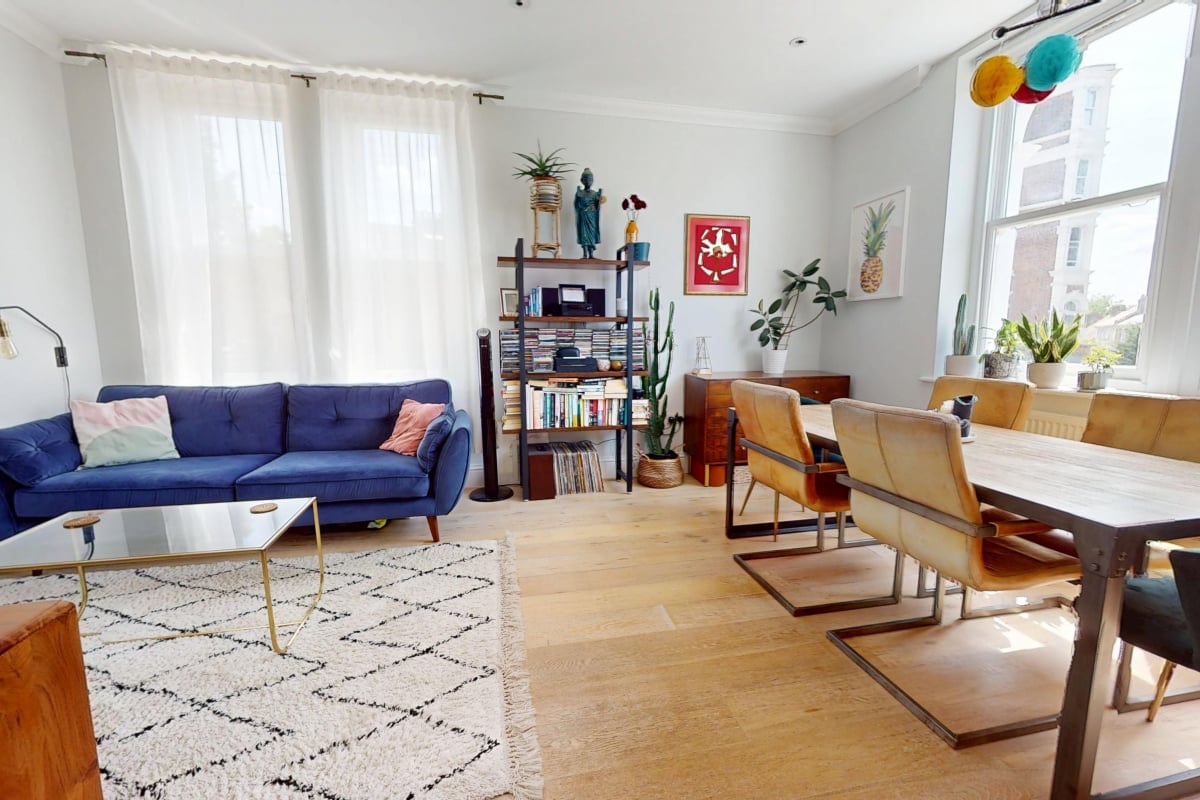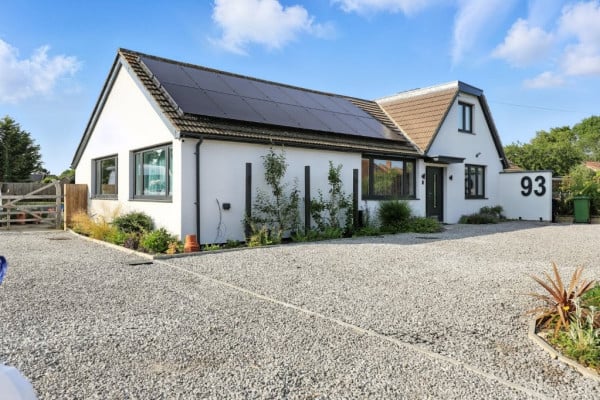When Property Offers Fall Through: A Guide for Sellers and Buyers

One of the biggest worries for anyone buying or selling a home is the possibility of the deal falling through. And it's a valid concern - nearly 29% of property sales in the UK didn't make it to completion in 2024. Whether due to cold feet, poor survey results, or mortgage issues, it's more common than most people think.
For self-managing landlords and DIY sellers, these fall-throughs can be even more stressful - without an estate agent smoothing things over, it's all on you. So, it helps to know what can go wrong, what it might cost you, and what you can do to avoid it.
Why Do Property Sales Fall Through?
Here are some of the most common reasons:
- The buyer changes their mind: It happens. Life changes, finances shift, or nerves get the better of them.
- The seller gets a higher offer (gazumping): The buyer is outbid after an offer has been accepted.
- The buyer can't get a mortgage: Even with an agreement in principle, a full offer can fall through.
- Conveyancing delays: Legal paperwork or slow communication causes frustration.
- Survey problems: A poor survey result might lead the buyer to withdraw or negotiate.
- The buyer can't sell their home: A broken chain can bring everything to a halt.
- Gazundering: The buyer drops their offer just before exchange.
How Much Could It Cost You?
If a sale falls through, costs can mount quickly:
- Sellers: May have paid for documents, removals, or new property costs in anticipation of the move.
- Buyers: Typically lose money on mortgage fees, surveys, and legal work.
On average, sellers lose around £2,700 per failed transaction - and in 1 in 10 cases, more than £5,000.
How to Speed Up Conveyancing
Conveyancing delays are often a root cause of fall-throughs. Here's how to keep things moving:
- Instruct your conveyancer early: Even before making or accepting an offer.
- Be proactive with paperwork: Sellers should complete TA6 and TA10 forms quickly.
- Order searches promptly: Buyers should ask their solicitor to order searches straight away.
- Choose tech-savvy professionals: Online systems allow quicker ID checks, digital signatures, and updates.
- Respond quickly to queries: Treat it like a job - chase when needed.
- Engage with your estate agent: Their sales progressor can help push the deal along.
- Arrange surveys promptly: Delays in getting a survey booked and reviewed can derail timelines.
- Organise insurance early: Buyers need to have buildings insurance in place from exchange.
- Keep communication flowing: Schedule check-ins with all parties to maintain momentum.
- Stay calm and realistic: If you hit a hurdle, respond quickly and seek professional advice.
Legal Considerations Post-Exchange
After exchange, pulling out carries heavy financial penalties. Buyers stand to lose a 10% deposit, while sellers could face legal action for costs and damages. Thankfully, fall-throughs after exchange are rare.
What Happens to Your Mortgage If the Sale Falls Through?
If you're a buyer and the deal fails, your mortgage offer may still be transferrable to another property - but this isn't guaranteed. Mortgage offers usually last six months, but lenders will need to revalue the new property, and your rate or borrowing limit may change.
Final Thoughts
No one can guarantee a smooth sale, but being prepared, proactive, and informed can reduce your risk. For DIY sellers and landlords, this means being both the agent and the support system - so equip yourself with the facts, act fast when things go wrong, and know that even a failed offer isn't the end of your selling journey. With the right mindset and tools, you'll bounce back stronger - and sell smarter the next time.
Image is from an exceptionally well-presented one bedroom apartment in a desirable and well-connected part of London. For full details see here
.png)
A Step-by-Step Video Guide: Uploading a Property
23.12.2025This guide explains how to upload your property listing on Emoov, with a step-by-step video and expert tips on photography, presentation, floorplans, descriptions and video tours to help you get your home live quickly.

Selling Your Home? Here’s What You’ll Need to Have Ready
28.11.2025Thinking of selling your home yourself? Before you dive into viewings and negotiations, make sure your paperwork is in order.

Has Your Home Increased in Value? What 2025 Property Prices Mean for Sellers
30.10.2025Homeowners across the UK are asking the same question: has my property increased in value over the last few years? With new figures showing that over a million homes have jumped by more than 50% in value since 2020, it might be time to take a closer look. Whether you're considering selling, remortgaging, or just curious, here's how to understand your home's worth in today's market.

When and How to Downsize: A DIY Guide to Smarter Selling
12.08.2025Feeling ready to simplify life and unlock your property’s hidden equity? Whether your kids have flown the nest or you're eyeing retirement, downsizing can offer financial freedom … but it’s not as simple as it looks. This guide helps DIY sellers time the move right, budget wisely, and avoid unexpected costs that could eat into your gains.

How to Spot a Serious Buyer: A Seller’s Guide to Reading the Signs
06.08.2025Not all viewers are created equal. If you're selling your home through Emoov and managing viewings yourself, it helps to know which viewers are genuinely interested and which ones are just having a nose around. In this guide, we share clear, practical signs that you're dealing with a serious buyer - and how to create the best environment to help them picture themselves living there.

When to Reduce Your Asking Price - A DIY Seller's Guide
06.08.2025It might feel like a setback, but a timely price adjustment can spark new interest and even revive a stagnant listing. Rightmove reports a 1.2% fall in average asking prices in July 2025 alone - the steepest July drop in over two decades. With affordability stretched and inventory rising, sellers must stay competitive.









